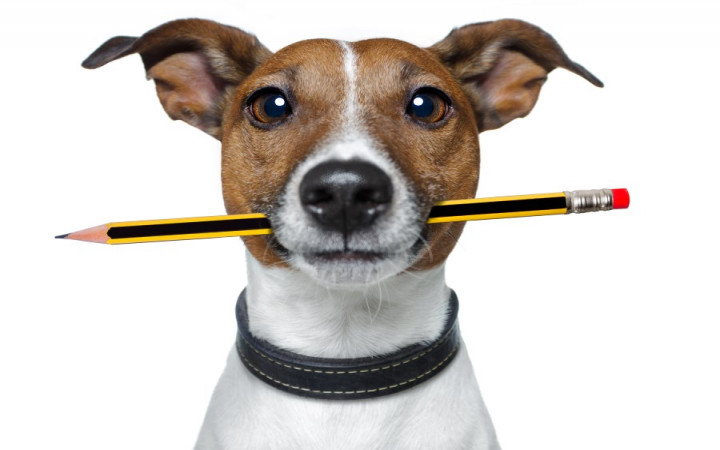Today’s Wonder of the Day was inspired by Mia. Mia Wonders, “why are #2 pencils #2” Thanks for WONDERing with us, Mia!
When it's time to get to work in the classroom, which tools do you reach for? With the use of technology in classrooms growing by leaps and bounds, many of you may reach for laptop or tablet computers.
Even in digital classrooms, though, you'll probably need to reach for a writing implement sooner or later. When that time comes, what do you look for? Chances are you search for your favorite pencil.
Like most products these days, pencils now come in a wide variety of shapes, sizes, and colors. If you're a fan of old-school pencils, your favorite may be a basic yellow pencil. If you roll it in your fingers, you may also see that it contains "No. 2" stamped on the .
What's the deal with these number two pencils? If you've ever taken a standardized test, you know that you need to fill in those little ovals on the answer sheet with a number two pencil. But why number two? Shouldn't we all want the pencil that's number one?
Number two pencils are actually second to none when it comes to popularity. The number two doesn't indicate that the pencil is second-best. Instead, the number two represents the particular grade of graphite used to make the part of the pencil that leaves the mark on your paper.
That part of the pencil that leaves the mark on your paper…isn't that lead? Although many people refer to the dark substance that makes up the primary material of pencils as lead, it's actually a substance called graphite.
When graphite was first discovered way back in 16th-century England, people thought it was a form of lead, and that's where the popular term came from. Despite the lingering popularity of this term, pencils have always been made from graphite, not lead.
The quality of graphite varies around the world in terms of both how hard it is and how dark it is. In general, the harder the graphite, the lighter mark it will leave on paper. Number two graphite is an all-purpose, middle-of-the-road graphite that's not too dark and not too light. It's also not too hard and not too soft.
In the United States, pencil manufacturers use numbers to represent different grades of graphite. In other countries around the world, manufacturers use a combination of letters and numbers. For example, a number two pencil in the United States is the same as an HB (hard, black) pencil in other parts of the world.
In addition to regular graphite pencils, there are a wide variety of other types of pencils available today. Charcoal pencils are popular with artists. Colored pencils made with wax-based cores in a whole spectrum of pigments have been a favorite of children who like to color.
For those students who get tired of sharpening regular graphite pencils, mechanical pencils have become the pencil of choice. Rather than sharpening a mechanical pencil, all you need to do is click a button to activate a mechanism that pushes more graphite out of the end. When the pencil is empty, you simply refill it with new pieces of graphite.




